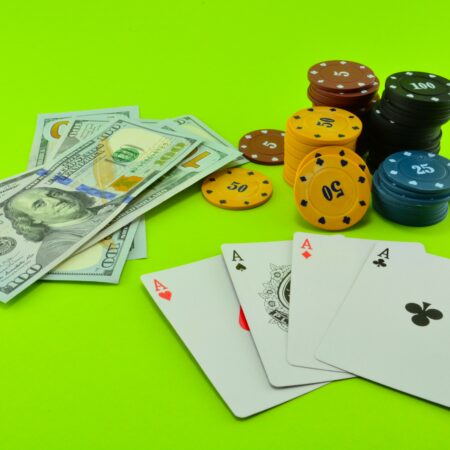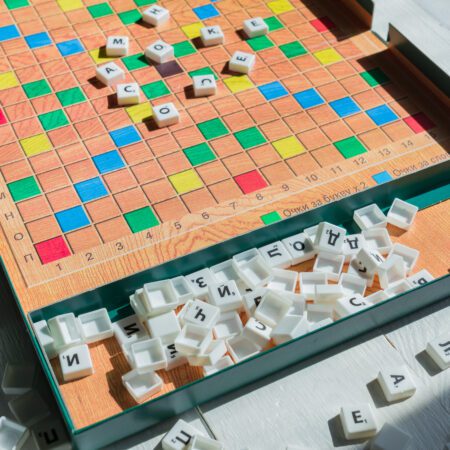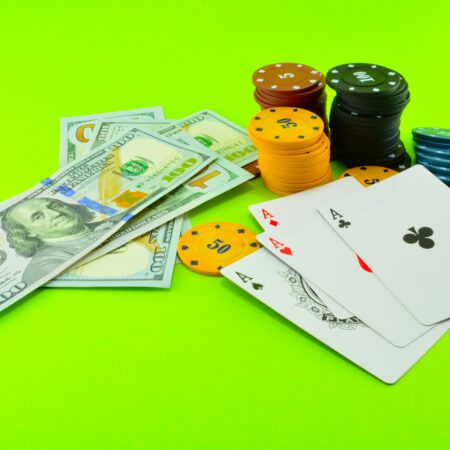Discover the captivating history of blackjack, from its ancient origins to its rise as a beloved casino staple. Delve into the evolution of this fascinating card game.
The Fascinating History of Blackjack
Blackjack is one of the most popular casino games in the world, captivating millions of players with its blend of strategy and luck. But have you ever wondered about the origins of this captivating card game? In this article, we’ll delve into the fascinating history of blackjack, tracing its roots from ancient times to its rise as a beloved casino staple. So, grab your seat at the virtual table as we take a journey through time to explore the evolution of blackjack.
Ancient Origins: The Origins of Card Games
No one knows for certain when playing cards were first invented, but their origins can be traced back to ancient China. It is believed that playing cards were first created in the 9th century during the Tang Dynasty. These early cards were primarily used for fortune-telling and other divination purposes.
From China, playing cards spread to various parts of Asia and eventually reached the Middle East and Europe. Each region modified the cards to suit their cultural preferences, resulting in different variations and designs.
The Birth of Vingt-et-Un: The French Connection
One of the earliest recorded predecessors of blackjack is a French game called Vingt-et-Un, which translates to ‘twenty-one.’ Vingt-et-Un was popular among the French elite in the 18th century and involved elements of both skill and chance.
In Vingt-et-Un, players aimed to reach a hand value of 21 without exceeding it. The game utilized a deck of playing cards, similar to the ones we use today, with face cards counted as ten and the Ace as either one or eleven, depending on the player’s preference. Much like modern-day blackjack, Vingt-et-Un required players to make strategic decisions on when to hit or stand, enhancing the skill element of the game.
The Rise of Blackjack in America
Blackjack, as we know it today, made its way to North America through French colonists in the 19th century. Initially, the game faced resistance from conservative communities due to its association with gambling. However, as casinos became more prevalent in the United States, blackjack gained popularity.
To entice players, casinos introduced a special payout for certain hands. One such hand was a black Jack (either the Jack of Clubs or the Jack of Spades) paired with the Ace of Spades, which paid out a bonus. This hand came to be known as ‘blackjack’ and gave the game its name.
The Influence of Mathematics: Edward Thorp and Card Counting
In the 1960s, blackjack saw another evolution, thanks to the work of mathematician Edward Thorp. Thorp’s book, ‘Beat the Dealer: A Winning Strategy for the Game of Twenty-One,’ presented a revolutionary concept – card counting.
Card counting involved keeping track of the high and low-value cards remaining in the deck to gain an advantage over the casino. Thorp’s book sparked interest among players, leading to increased public awareness and a surge in blackjack’s popularity.
The Digital Age: Online Blackjack
The advent of the internet in the late 20th century brought about a revolution in the gambling industry, including the world of blackjack. Online casinos began offering virtual blackjack tables, allowing players to enjoy the game from the comfort of their homes.
With online blackjack, players could choose from a wide range of variations and betting limits. The convenience and accessibility of online play contributed to its growing popularity, and today, online blackjack is enjoyed by players worldwide.
Conclusion
From its ancient origins to its modern online iterations, blackjack has come a long way. It has evolved through centuries and continents, captivating players with its blend of skill, strategy, and luck. So, next time you sit down at a blackjack table or fire up an online game, take a moment to appreciate the rich history behind this captivating casino favorite.










